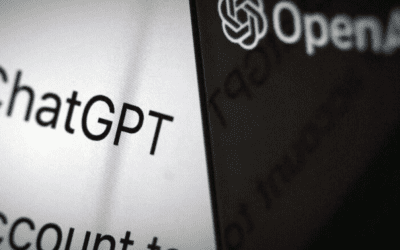If you’re looking for creative ways to revamp your content marketing, you should try tapping into your employees as content creators and advocates. But what exactly does this entail?
It’s content (usually social media posts) produced by Employees not directly involved in or part of a company’s marketing efforts–the engineers, the linemen, the baristas, the cashiers, the salespeople, the data analysts, and even the accounting team–create, submit or even post content on social media to promote and grow the company.
Every employee has the potential to become a creator or an advocate. Those who love their job and are highly motivated often recommend their company’s products and services to friends and family even without incentive.
This approach makes this ambassadorship more explicit, and brings it from word-of-mouth to the digital realm. In practice, this allows companies to connect with the “mavens” in their industry, who can be both a brand’s biggest fans and cheerleaders. Case in point, aviation enthusiasts would rather follow British Airways’ pilots on Twitter than the airline’s official account.
Let’s take a look at why introducing employee-generated content can prove to be valuable in your organization.
1. Engage and motivate employees.
In the midst of staffing challenges spurred by the “Great Resignation,” there is a need for creative solutions to attracting and retaining employees. The Great Resignation is at least partially fueled by widespread burnout and job dissatisfaction, which makes employee engagement a crucial factor in retaining good employees and recruiting those who left jobs elsewhere.
Letting employees rep the brand on social media – and, in fact, actually inviting them to do so – works towards this goal.
The Gen Z workforce especially wants to be involved and included. Let them be part of the social media marketing process. Gen Z were born social media savvy but anybody and everybody who’s on social media could be engaged to participate.
2. Choose from a wider selection of content ideas and submissions.
Wouldn’t it be great if your marketing team received content submissions and ideas from more than one channel? Of course, not all of it will be approved and published, but it will give your marketing team or person more content to work with. Instead of a single social media manager constantly churning out new ideas, they get to pick from a pool of content submitted by colleagues from different teams or departments.
The job of a social media manager now becomes approving and coordinating that content. If you’re a social media manager, you can still post your own clever statuses from the official company account. But your posts are also augmented by your new influencers. New influencers who already work within the company.
This content is authentic. Aviation enthusiasts love to hear from the pilots because, well, it’s just cool to see a tweet from the flight deck. Employees are real people, posting about their jobs, and about why they love what they do. Audiences like to see that.
3. Level up engagement with gamification.
A little competition can go a long way. The best way to make employees interested in becoming creators and brand ambassadors is to introduce an element of competition. Track the performance of posts and reward employees whose posts with the highest reach or engagement.
Gamification can level up employee engagement by giving people a stake. It gets them invested in marketing goals in a tangible way when rewarded. When people get to have a little fun on the job, they like their jobs better. If you’ve ever seen checkout clerks competing in grocery bingo, you know this is true.
Everyone’s incentives are aligned.
Letting employees generate content, with competition thrown in the mix, has the potential to revolutionize content marketing. Employee-generated content, in the form of advocacy or content creation, can help solve both the quality and quantity challenges in your marketing while addressing the issues in employee engagement and retention.



